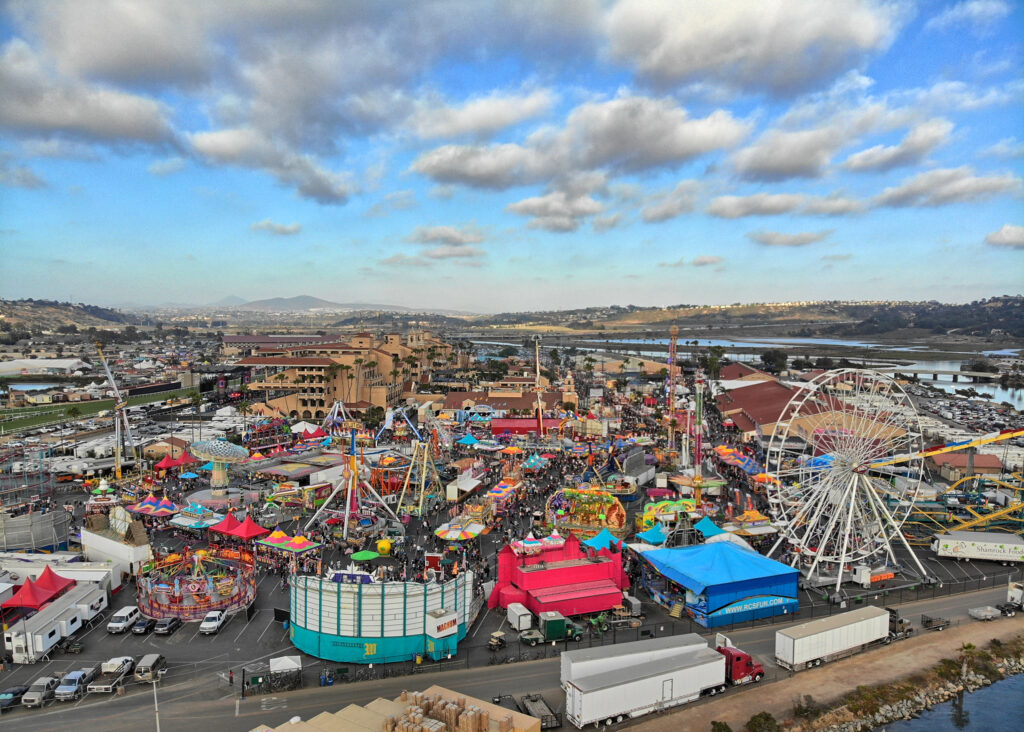Nobody likes getting lost, and nothing gets people lost like a poor design at an event, fair, or festival. Wayfinding design is one of the biggest mistakes event operators make. Do guests enter your event and automatically seek signs to orient themselves?
The term wayfinding is an all-encompassing word that describes how people orient themselves in physical space and navigate from place to place. In the amusement and entertainment industry, you want to think about wayfinding in terms of layout design and the information systems (usually signage) that guide people through an event.
Often an event operator must get creative with wayfinding because of the inherent restrictions of the event location. However, the more you understand the principles of wayfinding, the easier guests will move through your event and see what you want them to see and when you want them to see it. Optimized wayfinding can improve guest satisfaction, increase in-event sales, and reduce risk.
The principles of wayfinding
Create a unique identity for each location
Every “stop” along the way should stand out as its own unique location to be experienced. To do this, you’ll need to consider design and space. Use signage and give the site a name. Make sure the area is not directly on the main navigation path, or you will create a foot traffic jam.
Structure your paths with thought
The principle of creating well-structured paths says they are continuous and have a clear beginning, middle, and end when viewed in each direction. Guests using the path should quickly know which direction they are moving. Great routes maintain orientation to both the next stop along the path and the distance to the eventual destination.
Limit navigation choices
This principle says each design has a story to tell and a distinct experience to create. The idea is that you want to ensure your guests encounter the main attraction points no matter what route they take. Keeping your main routes limited ensures your customers experience the best of your event.
Use wayfinding signage
Wayfinding signage is used in nearly every public space to help people navigate and identify areas. Inside an event like a fair or amusement park, it is a powerful tool. Effective event wayfinding signage will tell guests which direction they should be walking within a particular space to keep foot traffic flow from getting congested.
It’s used in the parking lot to help guests find the entrance and the exit after they’ve entered. Today, floor graphics are effectively being used to guide and inform guests where they should be standing, walking, and at what distance to encourage social distancing.
Make it accessible
Wayfinding signage needs to be designed in a way that’s comprehensible by a wide range of users, including people of all ages and reading abilities. Always consider technical guidance from the Americans with Disabilities Act (ADA) when implementing wayfinding signs and path design.
Decrease of exposures and risks
When you correctly incorporate wayfinding principles into your event, it reduces exposures by keeping people in the right places, adequately warning them about danger, and continually reminding them about safety. Proper wayfinding design and signage are powerful tools to reduce risk.
However, even the best wayfinding can’t reduce exposures and risks to zero. Active shooter, property damage, food safety, and guest injury exposures remain.
McGowan Allied Specialty Insurance specializes in the art of insuring amusement and entertainment risks. We represent over 35 years of expertise and risk management solely in the amusement and entertainment industry.
